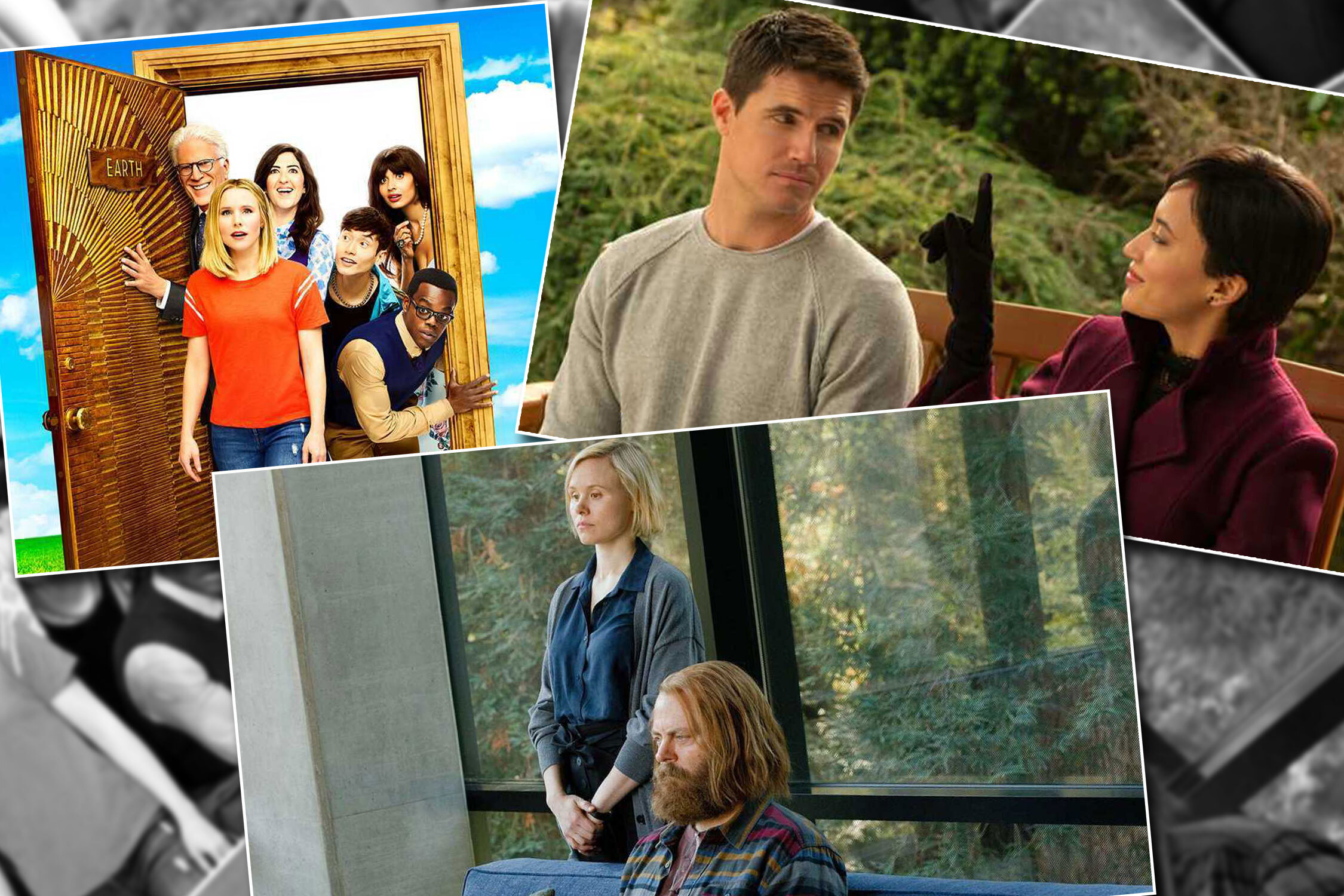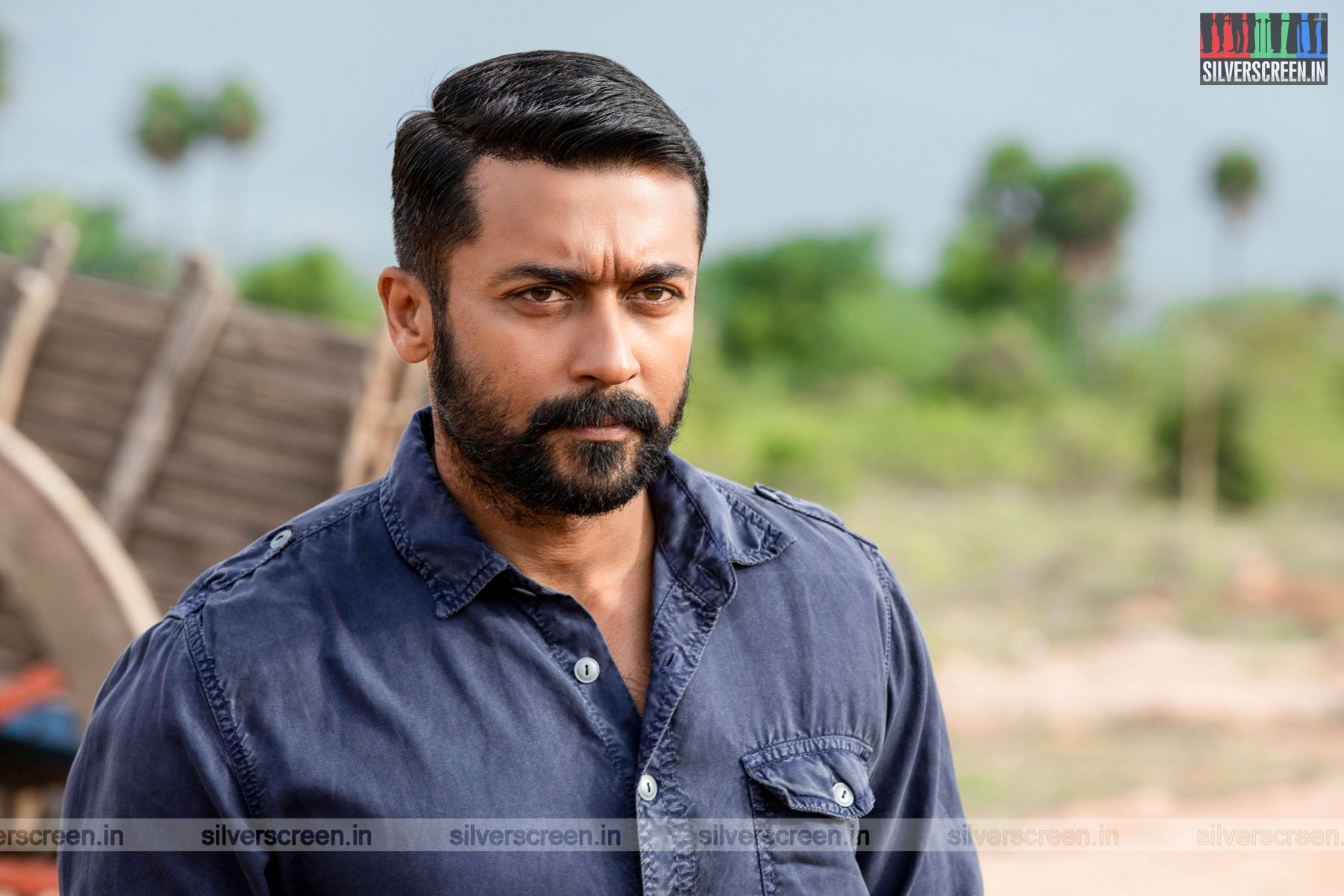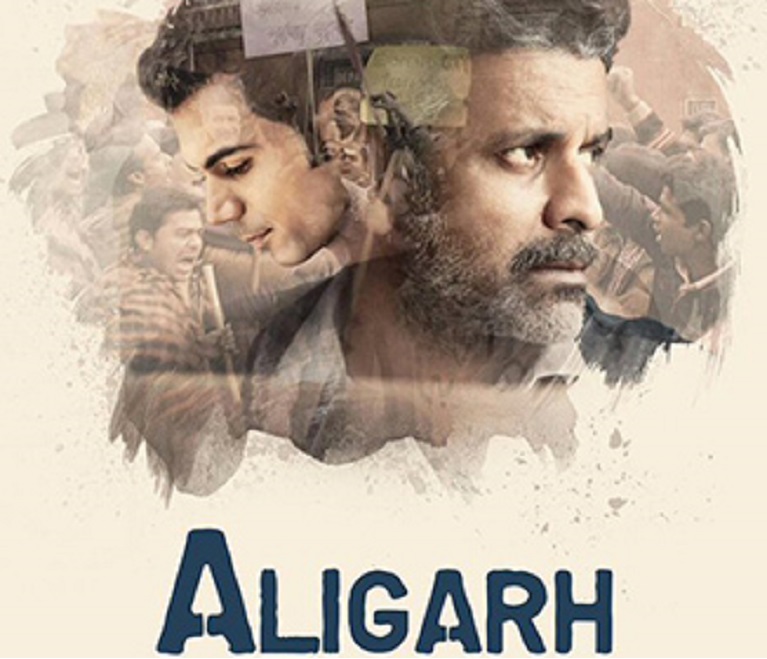Late 90s. Telugu super-star Chiranjeevi was billed to join PV Narasimha Rao’s government. A popular magazine assigned G Venket Ram to do a cover shoot with the star.
He vividly recalls the day.
It was a tiny village in Tirupathi; a typical Telugu movie set had been erected. In the midst of it, stood Chiranjeevi in a multi-coloured costume, caked in make-up. “I felt uneasy at the sight,” he remembers, “I couldn’t see a future politician there.”
Venket Ram refused to shoot.
The correspondent who accompanied him was a Chiranjeevi fan; he was outraged. They had an argument. The star was miffed.
A week later, he got a call from Chiranjeevi’s associate to resume shoot. Initially a little stiff, the actor still allowed him to rummage through his wardrobe. Venket picked up a nice red shirt. The shoot went on for an hour and a half.
And, the cover that arrived two weeks later was an instant hit.
*****
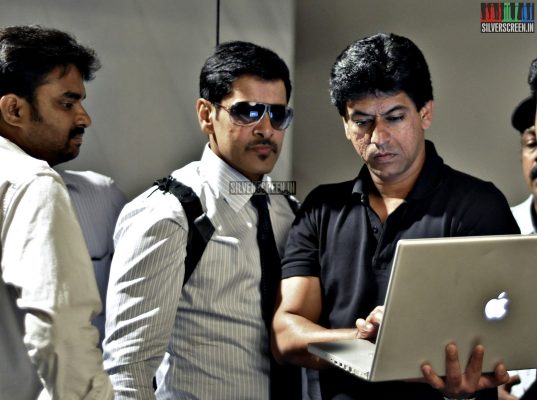
G Venket Ram with Vikram
Venket Ram had another visitor: Allu Aravind.
Chiranjeevi had sent him over to call Venket for another shoot.
He was launching his brother Pawan Kalyan.
*****
That day, Venket Ram learnt a valuable lesson. Stick to your guts. Learn to put your foot down. Never compromise on quality.
It’s been an unwavering rule that he has followed ever since. That’s also a reason why G Venket Ram is one of the most wanted fashion photographers in this field. A reason why the usually reclusive Tamil actors trust him with their photographs. A reason why Sivaji Ganesan’s best profile shoot till date has been done by him.
*****
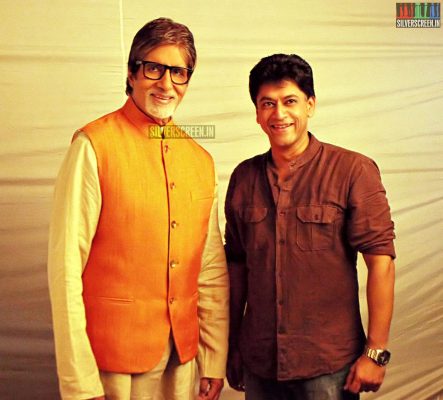
G Venket Ram with Amitabh Bachchan
Without doubt, he has greatly benefitted from those starry encounters. He has seen them at close quarters to understand their dynamics; what drives them and why they are such icons in their field.
Amitabh Bachchan for instance, he says, is a thorough professional – “a man who is too good, too fast”. For the Kalyan Jewellers shoot, he recalls how Bachchan wouldn’t take the vanity van and changed in the balcony to save time. It was the same story with Sachin Tendulkar. He has seen him right since 1995, when he used to be very shy and nervous.
By 2010 though, he was a complete pro.
*****
Venket has also done a photo-shoot with Narendra Modi when he was Gujarat’s Chief Minister. He was told to dive into Modi’s wardrobe, and the current PM graciously posed in oranges and greens. Amidst tight security, they shot outdoors as well. It went on for four hours; he made several changes and they spoke at length about photography. “It’s not about a click to get some pictures. It’s about getting the personality in front of you. And that requires a lot of communication and comfort.”
*****
As a child, Venket Ram loved the mornings. He would be up at 6 am to run on the beach. He was fascinated by the dew drops that trickled from the leaves and flowers, the clear skies, and the rising sun.
He debuted as a photographer at his friend’s birthday party, with a Minolta manual camera; and learnt the nuances of aperture and shutter speed from his father.
During his third year at a private engineering college in Sholapur, he would run in the sugarcane fields. A narrow toy train connected Latur and Pune, and everyday, he would run by the side.
It would rain; a beautiful sight.
That’s when he realised he was in the wrong place.
He would also flunk thermo-dynamics then.
*****
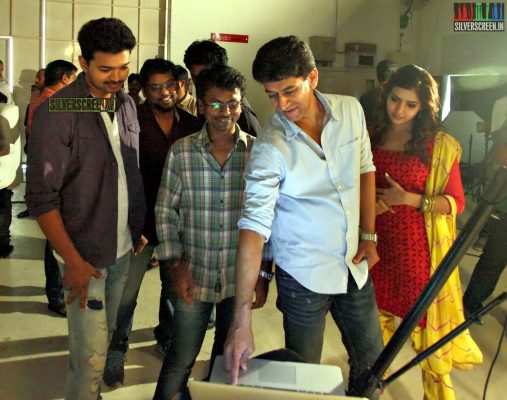
G Venket Ram with Vijay
What started off as a rich man’s hobby is now a poor man’s profession. Anyone can become a photographer, he rues. “Then, you only had a landmark book shop or an uncle who would bring you brochures from abroad. Now, you just Google.”
He also recalls how he used to shoot with very few cameras while at Loyola: Nikon F3, Mamiya 6, Hasselblad. “Then, each roll produced 10 frames, now we can shoot 1000 frames. Everything had a budget and people photography was minimal.”
*****
Venket Ram began with print ads. Mostly, product photography; lighting up a washing machine or TV in such a way that it looked glamorous. Closing in on 2000, celebrity endorsements poured in and that changed a lot of things for him. He loved it. “Suddenly, it was only people. Product photography is a lot more challenging, scientific in terms of perspective. There is a lot of engineering regarding the angles. It was not easy lighting them up. People are comparatively easy,” he admits.
Cinema beckoned when directors wanted their film stills to look like ads. That’s precisely why Mani Ratnam and Shankar called him. They wanted the same level of sophistication. Boys, Kannathil Muthamittal, Paruthiveeran, Bheema. Suddenly, everyone wanted him on board.
Film shoots, he says, are often fixed before or halfway through the movie. In studios or outdoors. Mostly, it’s about “getting the look and feel of the movie.” Brochures become great money spinners.
But it isn’t really easy to convince actors to shed their inhibitions in front of a still camera. “Initially, there were issues. They couldn’t differentiate between a still and a photo shoot,” he tells me. The stars were more familiar with a photographer taking a still once the shoot got over. Soon though, scepticism gave way to admiration, and they started insisting on them.
*****
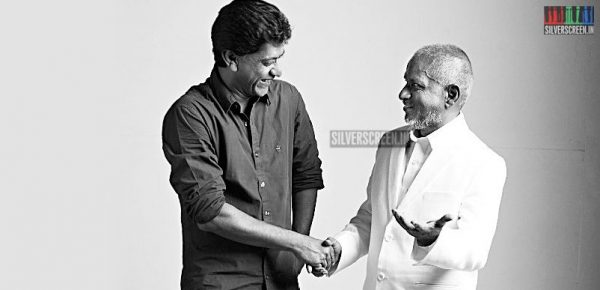
G Venket Ram with Ilaiyaraaja
Ilaiyaraaja, on the other hand, wore a white suit – after 27 years – and posed for him. It was for a concert in Canada, and they wanted an image makeover – like that of a rock star. “Celebrity photography,” Venket elaborates, “is not like street photography. They are not random people you are dealing with. So to get the best out of them, you need to strike a rapport; not in-your-face though. Go without preconceived notions. And really talk. That’s when they let down their guard. You need to push to get something different.”
Not all great actors are great in front of a still camera, he observes. Some are uncomfortable to the point of being static. They are used to dialogues and reactions. They might not be able to do something as simple as laugh. “To get that shot of controlled laughter; eyes open, correct expression in one frame, is not easy. Like anandakanner.”
That’s why he prefer models who are trained to do it.
*****
Prod about a fun shoot and he recalls an incident in Pollachi for a Bharath film.
They had to shoot on the railway track. He had to take a shot of the train coming from behind. Everything was set. Camera, wide angle lens. As it chugged along, he suddenly felt the train slowing down. It screeched to a halt exactly where he had placed the camera. Venket was baffled when the driver started abusing him. “Didn’t you notice? You are wearing a red shirt?” After that, he was careful not to wear red while shooting.
Nothing annoys him during a shoot. He is always tuned to prepare for the worst.
*****
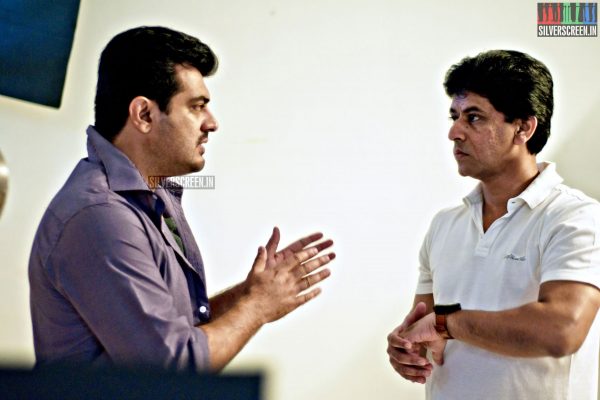
G Venket Ram with Ajith Kumar
*****
As for the photogenic faces that he portrays, Venket likes to think those are thanks to his experiments. He can make anyone look photogenic. Over the years (23), he has equipped himself to draw contours of a face, and suggest the right make-up and hairstyle.
He is also tired of explaining to people that not every studio-shot is photoshopped. “My work is to make them look good. It is not my problem to check how the cake looked after it was consumed. It is all about presentation. With photoshop, I can remove a pimple, maybe reduce eye-bags. But I can’t do much about make-up.”
*****
Venket finds food photography the most challenging of all. “You need to show them fresh and instantly edible. It requires technique to make them look rich. After all, what you see is what that triggers your brain to eat it.”
He works closely with food stylists during such shoots. So all that delicious ice cream photos aren’t really that edible, he sniggers. What you see in place of honey is engine oil besides other unappetising ingredients like Colgate and cream. “Even a dog won’t lick it,” he laughs.
That’s why, he says, photography is a bit of science and lot of aesthetics. With technology, it’s impossible to get a bad picture today.
A lot of people, Venket says, find it difficult to accept an actor any better or worse than the previous photograph they saw. “That really should be the least of my worries, right?”
*****
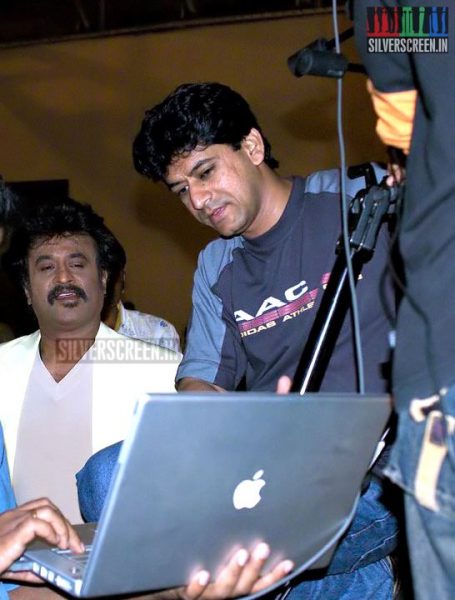
G Venket Ram with Rajinikanth
Easy? Yes, for an amateur. But for a professional, it still goes back to knowing the basics. “You can’t teach composition. And aesthetic sense is something you build over the years.”
His biggest source of inspiration are painters. “They are actually advanced photographers. Look at the way they capture twilight or landscapes, or even something as detailed as sunlight falling on your hair? Be it composition, colours, shapes, lighting or texture, no one can teach you better than a painter.”
As for style, he says it’s dangerous to have a trademark shot or style. The trick of the trade is to constantly reinvent. “Surprise people. I don’t want anyone to see who I am.”
*****
Venket Ram loves browsing through various magazines – not just necessarily based on photography. It could be interiors, fashion or food. “Just keep your eyes open. Observe and absorb.”
He likes to view the world in front of him like a movie. “You take these things for granted. But look closely and you realise how beautifully things are being orchestrated in front of you.”
He’s done over 150 movies, but Paruthiveeran remains one of his most gratifying shoots. “When I actually saw the movie, I was so kicked by it. Director Ameer had just improvised on the photo-shoot – in terms of the look and feel.” The dry earth, overcast sky, earthy brownish tinges, the guileless villagers, small girls in paavadai dhavani…all were randomly placed, but later re-fashioned in song montages.
*****
Most of the actors he has worked with, be it Suriya, Trisha or Karthi, are people who have grown up in front of his eyes. That is immensely heart-warming as well. Venket says he has never approached any actor till date.
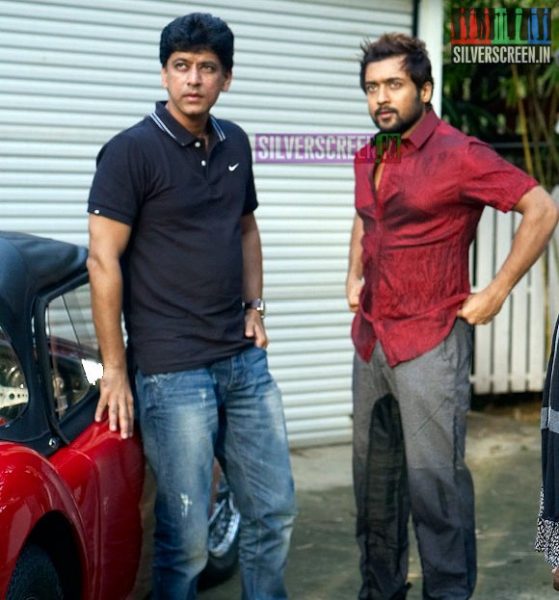
G Venket Ram with Suriya
That’s probably why he still does portfolios. “It’s challenging to work with new people, to keep in touch with the youth, and get the best out of them. Portfolios keep me going.”
And, that’s also why he is able to relate to a 22-year-old’s fashion sense, his taste in music and aesthetics. Or vice versa.
*****
Age is definitely just a number in this profession, he declares. “The busiest fashion photographers in the world today are past 60 – the 71-year-old French man called Patrick Demarchelier, and the 64-year-old American called Steve McCurry. Globetrotting and shooting 18 year olds!”
It’s the Indian mind-set, he tut-tuts. There are boundaries for every age. You are looked down upon if you try to be adventurous beyond that. It’s a bit better now, he smiles.
In 2010, he did a calendar with 12 top Tamil actors. Last year, he did a series on abstract food pictures. Keep pushing boundaries, he says solemnly.
*****
His greatest fear lies in the unpredictability of his profession, and not staying as updated as the younger lot.
*****
He loves his movie shoots as they give him the opportunity to experiment with flash lighting for outdoors, props, and lovely sets.
Recommended
If there is anything that irks him in his field, it is the misconception attached to each genre. Like wildlife photography for instance. “It’s not about going to Tanzania on a 15-day trip and taking pictures. You need to be a zoologist, biologist, and harbour an inherent love for nature. All wildlife photographers are naturists first, and photographers later. They stay months and years in forests, stay on trees, shower once a week, live on canned food. How many will do that? You need to know your subject so well. That applies to every genre of photography.”
Having said that though, Venket doesn’t have intense likes or dislikes. He is equally at home in Georgetown or Besant Nagar, equally happy to tuck into sushi or ghee roast. “In this field, I would rather not have such lines. I don’t draw lines or judge. I don’t want them to do that to me. If you are a traveller and a photographer, it is important not to judge.”
*****
The Venket Ram interview is a Silverscreen exclusive.

